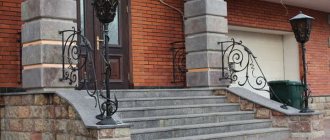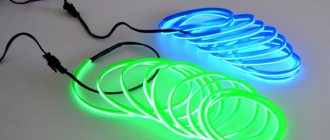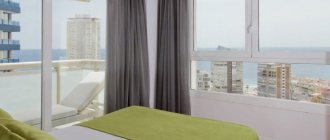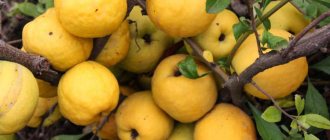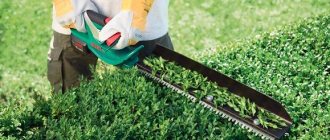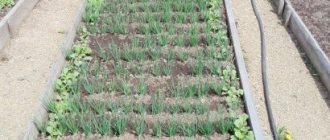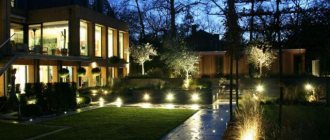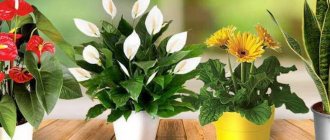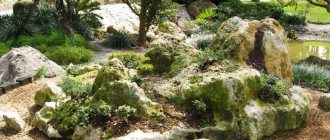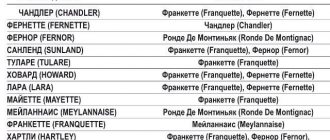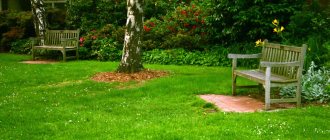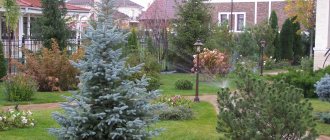Today, finishing materials made from natural ingredients, as well as plasters, have become very popular. Made on the basis of an acrylic or silicone binder, the plaster allows you to create a bright facade and obtain a weather-resistant, vapor-permeable exterior finish of the house.
The leading position in terms of demand for finishing mixtures is occupied by decorative bark beetle plaster. Let us consider in detail the features of the use of this material.
Benefits of using bark beetle
First of all, you need to find out what composition this type of plaster has. For its manufacture the following is used:
- marble and rolled glass, ground into powder;
- acrylic, silicone, silicate or gypsum binder;
- sand or limestone filler;
- plasticizers that give the finishing mass proper fluidity.
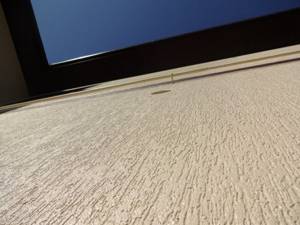
The durability of the resulting coating and the cost of the mixture itself depend on the type of binder in the plaster. The most expensive option is silicone bark beetle, which, according to manufacturers, can last about 20-25 years. Silicate bark beetle costs less, followed by acrylic and gypsum.
Thanks to excellent adhesion to the wall material, with precise alignment and an original design, there is a chance to get unique house walls.

The main feature of the bark beetle is that the surface of the facade acquires a pattern of small lines, vaguely reminiscent of the passages of wood-boring beetles.
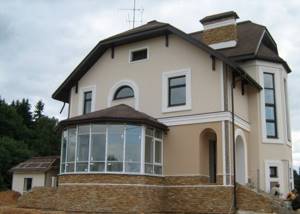
Master plasterers can achieve richer and more interesting designs. The volumetric color of the facade is obtained by deepening the lines.

The use of bark beetle plaster solves several problems at once.
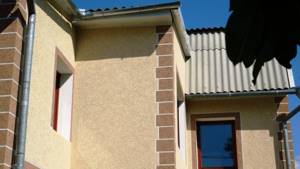
Firstly, this coating reliably protects the walls from precipitation and high humidity.
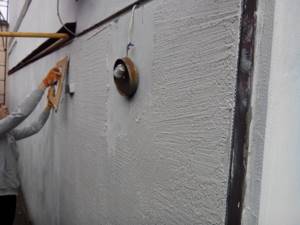
Secondly, the resulting pattern does an excellent job of hiding surface defects (an unevenly applied layer of primary plaster, for example). If you paint the walls with simple water-based paint, then the unevenness of the surface will easily be noticeable.
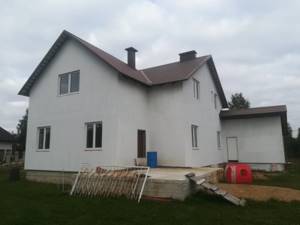
Thirdly, the bark beetle can be easily painted, giving the facade any shade.
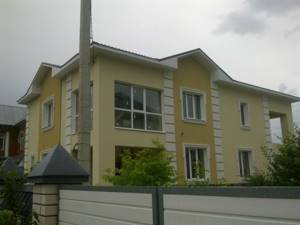
Patterns on plaster are very popular, which is why decorating a private house with bark beetle is gaining momentum. Indirect evidence of this is the fact that manufacturers of various finishing materials repeat its texture. You can find tiles or special decorative panels with exactly this pattern.
Care and operation
House owners who decide to use the “Bark Beetle” mixture to decorate the facade unanimously note its pickiness in terms of maintenance. Antistatic properties help repel dust. Dirt from the walls of the house can be removed without problems. Bringing back purity:
- regular detergents;
- hard sponge;
- vacuum cleaner or high pressure cleaner.
Operation depends on compliance with technological requirements when applying Bark Beetle decorative plaster: if everything was done correctly, the facade will serve flawlessly for many years.
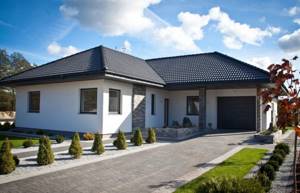
The nuances of working with bark beetle
To plaster the walls of a house, dry mixtures are used, which are diluted immediately before finishing. In the field of private construction, dry mixes are mainly used.
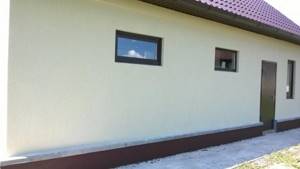
Before work, you need to thoroughly familiarize yourself with the instructions for preparing the plaster and acquire a tool for high-quality mixing of the composition. The latter is necessary for good distribution of all components, especially those responsible for color and texture.
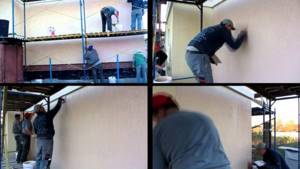
Before applying bark beetle, the walls must be prepared. To do this, they are cleaned of dirt and dust, treated with a special primer and dried for 24 hours. Based on the area of the walls being treated, the amount of dry mixture required is calculated. It is better if there is some reserve in case of unforeseen circumstances.
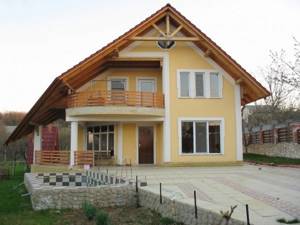
There are no particular difficulties in working with bark beetle, although if it is used for the first time, it makes sense to practice on a test surface. There are certain requirements, compliance with which will allow you to obtain a high-quality surface.
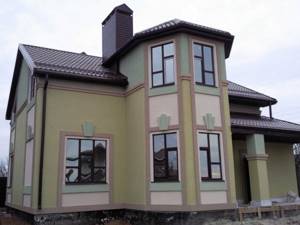
The prepared solution tends to dry quickly, so it must be immediately applied to the walls, and the amount of prepared plaster must exactly correspond to the area being treated.
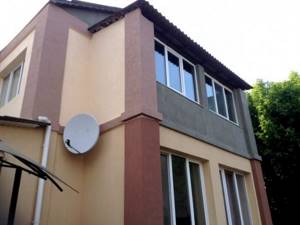
The instructions for applying bark beetle to the facade of a house indicate that the work process consists of throwing the mortar onto the wall and then leveling it with a spatula from bottom to top. The spatula itself is held at an angle of 40-50 degrees to the wall. Excess plaster is thrown into a previously prepared container and is not used in further work.
If the areas being processed are of a significant size, then it makes sense to hire a team of workers of 3-4 people. It is possible to use a special blower to apply the solution to the wall.
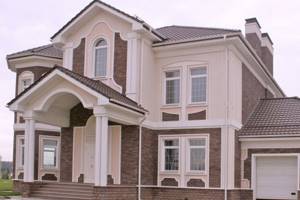
The main thing is to avoid even minor downtime in work, which will then affect the quality of the drawing - breaking lines will be visible where work stops.
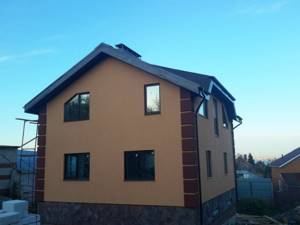
Technology for applying decorative bark beetle plaster
To cover the facade you will need: a bucket, a stainless steel spatula, a construction float, painting tools, a level, regular plaster, an attachment for creating a solution. The whole process is divided into several stages. It may differ for different masters. We will present the main algorithm. After it we will attach a video with tips and visual instructions for working with the material.
Preparatory
First you need to remove old coating, dust, dirt from the wall and level the surface. Only after this can you begin to prepare the solution.
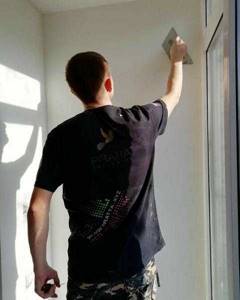
Photo: Instagram @pratta.ru
Photo: Instagram @instrument.belogorsk
Mixing the material
Take a suitable container and pour water at room temperature into it. Under no circumstances should you pour everything in at once or pour the composition on top. Add the powder in small portions and beat it with a mixer. When ready, cover the bucket for a few minutes, then stir again, adding more paint if necessary. The solution can be used for three hours, after which it will thicken and become unusable.
The process of creating a drawing
Since the plaster dries very quickly, in the summer it is worth evenly protecting the surface with film from direct sunlight. This way the bark beetle will dry evenly.
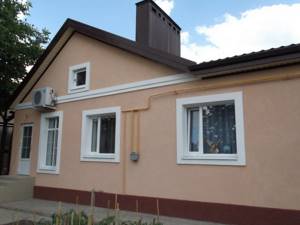
When the plasticity of the dried bark beetle is still preserved, they begin to apply the design. They use a special plastic grater, which perfectly rolls out and spreads the pellets over the surface, thereby forming lines and strokes. The movements are made straight or circular, it all depends on preference.
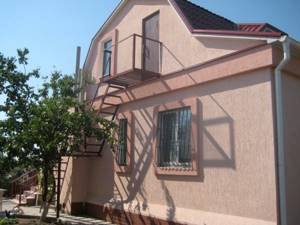
The lines must be drawn in accordance with the future color and tone. If light shades are used, then oblique or straight lines are applied vertically.
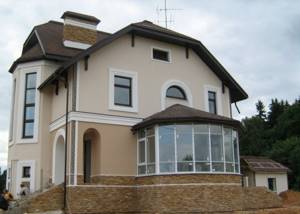
Darker tones are enhanced with arched lines, and their total number is reduced. The maximum number of strokes can be made for light green flowers that imitate evergreen trees.
The emphasis on arcuate lines allows you to give the surface of the bark beetle the appearance of a cut tree, which, with the right color selection, will give the effect of living nature. Gray color is more suitable for official buildings, and the pattern can imitate brickwork or sandstone cladding.

How to combine two colors on a façade
A competent combination of two colors on the facade will emphasize the individuality of the building. The main criterion when choosing a color scheme is the color combination. The classic option would be to paint the walls of the building in one color and highlight the front boundaries with a different color. It is possible to use similar or contrasting shades. Bright accents on the facades of neutral shades will highlight the building and give it an original look. The combination of the color of the walls with the roof and foundation of the building will create a harmonious and visually complete image of the building.
Painting the bark beetle
The most ideal option for the facade would be to use paint that matches the color that is present in the plaster itself. This will avoid the appearance of visible stains when the paint coating chips or peels.
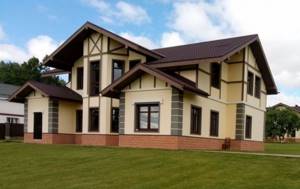
There is a proven and proven coloring technique when two shades of paint are used. Using a fleecy roller, the first layer is applied to the laid plaster, which fills all the strokes and lines. After drying, take a rubber spatula and apply two more layers with a different shade.
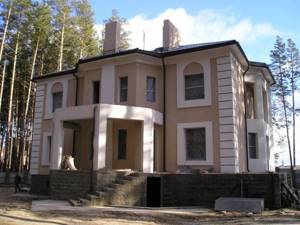
For walls decorated in gray or dark yellow, additional treatment with acrylic varnish, which gives a metallic tint, is ideal. Then the gray color imitates aged metal, and the yellow color imitates the surface of sandstone. In addition, multilayering increases the degree of protection of the main wall material.
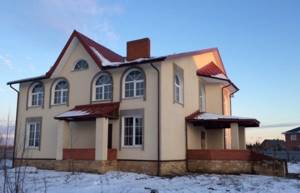
If you look closely at the photos of facades with bark beetle finishing, it becomes clear that such plaster is rarely used to decorate official buildings.
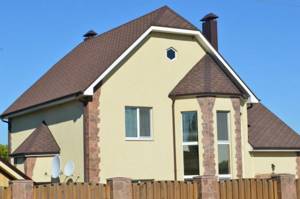
Despite the use of strict color schemes, the decorated facade will still look emotionally rich, which is why the bark beetle is more appropriate in the areas of private construction and the construction of apartment buildings.
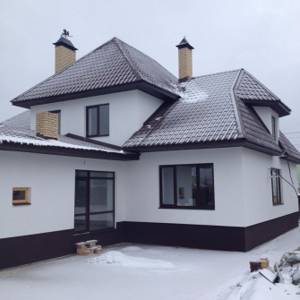
If you use a high-quality product, you can get a presentable facade with a service life of 10 years or more.
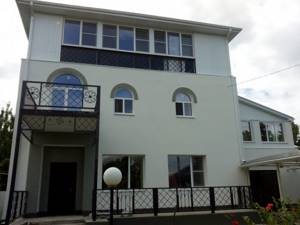
Specifications
Bark beetle plaster is on sale, the color of which can be easily selected from a ready-made palette or painted in any other color, available in dry form or as a ready-made mixture. Both options weigh at least 25 kg.
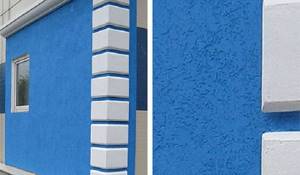
Dry mixtures are diluted with water; the packaging must contain a recommendation on the amount of liquid that needs to be added. Ready-made solutions require thorough mixing before use.
The bark beetle sets quickly, so you need to aim for 30–40 minutes of work and not mix too much solution. Further, the mixture hardens and it is impossible to return its former plasticity.
Manufacturers also provide clear temperature limits within which you can work with this solution. Indicators range from +5 to +25 degrees Celsius. Outside these boundaries, the finish will either not gain strength or will not be able to dry completely. The bark beetle applies well to a variety of surfaces.
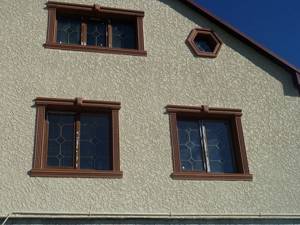
Photo of facade decoration with bark beetle
How to choose
For those who are interested in home decoration and have already read more than one article, it will not be news that the quality of the material plays an important role. Therefore, before making a purchase, we pay attention not only to the price of the product, but also to other nuances.
Manufacturers
Both domestic and foreign manufacturers create equally high-quality products. The main thing is to find a genuine product, not a fake. The main difference between bark beetle plaster, which is produced in our country and abroad, is the cost. Our finishing mixtures are significantly cheaper because shipping costs to the store are significantly lower.
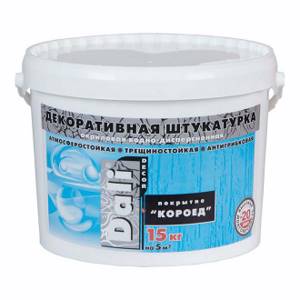
Composition and labeling
Plasters differ in composition and granule size. Mineral and polymer compositions adhere differently to a base made of the same material. Moreover, the service life also differs. Therefore, when choosing a composition, be guided by what the walls of the house are made of.
As for the size of the filler granules, everything is simple:
- fine fraction – 0.8 – 2 mm, suitable for indoor decoration;
- large fraction – 2–3.5 mm, an excellent option for the facade.

Color
The owner of the house has the right to choose a ready-made tinted mixture from the catalog provided by the manufacturer. But the choice doesn't end there. There are two more ways to choose the right shade:
- Buy a white mixture and during the mixing process add the required amount of a certain shade of color.
- Apply the solution to the base and after drying, paint the surface with facade paint using brushes, rollers or a spray gun. The effect will be different.
Therefore, finishing with bark beetle plaster is popular with those who want to create an original appearance for their home and make it stand out from the general picture of buildings. But when choosing a color, be guided not only by personal preferences, but also by:
- site lighting;
- the presence of green spaces and additional buildings;
- the style in which the house was built.
The chosen color should be in harmony with everything that is in the area adjacent to the house.
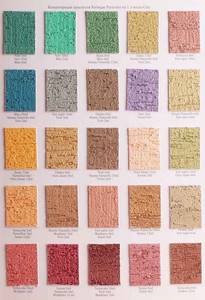
Approximate prices for decorative finishing
An important factor in choosing cladding is the cost of the material. So, ready-made mixtures are more expensive, and dry ones are a little cheaper. The cost of the composition for exterior decoration is higher than for the interior. And the fraction size also affects the price. The smaller the diameter of the granules, the more expensive the option.
Specific examples:
| Manufacturer | Compound | Price |
| Finncolor | mineral | 2,450 rubles for 25 kg |
| Alpina | mineral | 1,480 rubles for 16 kg |
| Ceresit | silicone | 4,490 rubles for 25 kg |
| Polimin | mineral | 740 rubles for 25 kg |
| Alpina | silicate-silicone | RUB 2,480 for 25 kg |
